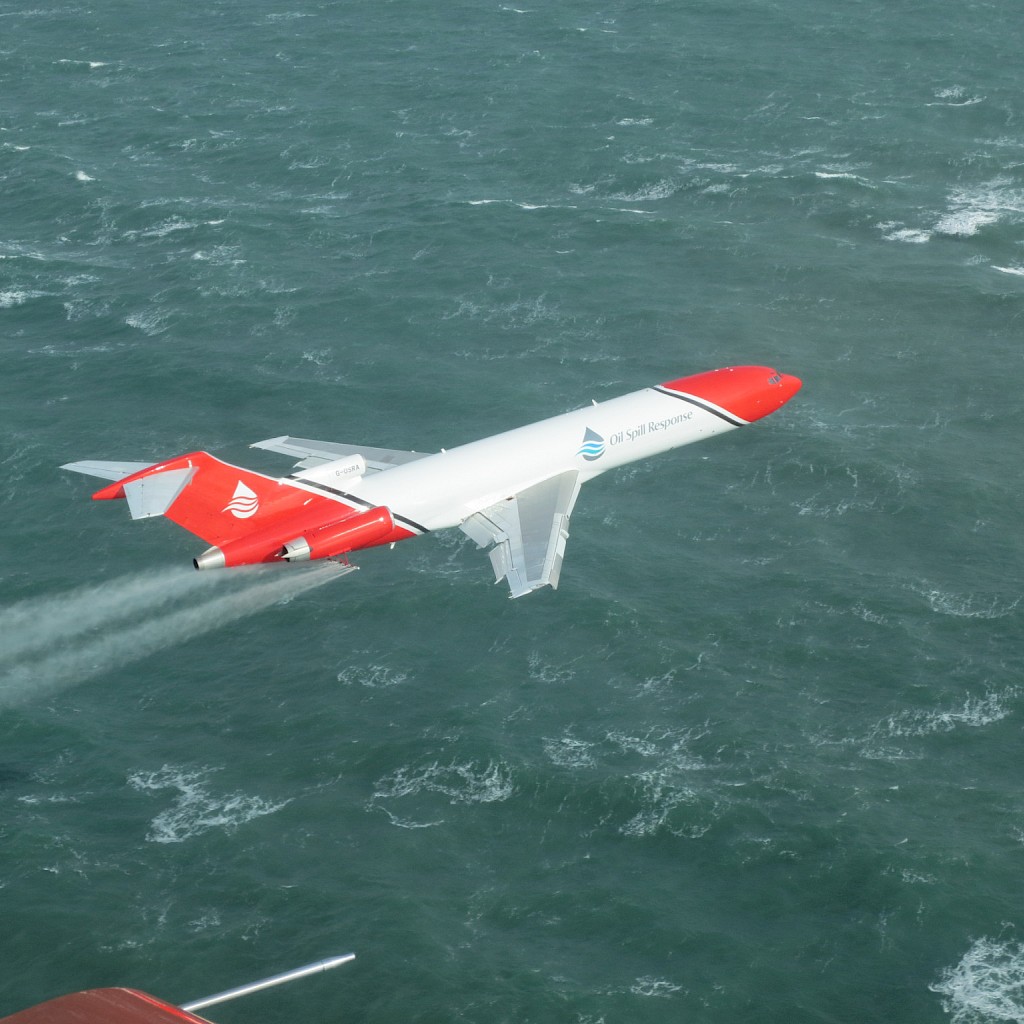International Maritime Organization (IMO): the IMO is a specialized agency of the United Nations focused on maritime matters. It provides guidance and regulations related to oil spill response, including the use of dispersants. Its publications and guidelines can offer authoritative information on the proper use of dispersants in different scenarios.
ITOPF: a non-profit global response organization and service provider that provides independent advice and response on pollution damage from ship sources spills. It also assesses the technical merits of claims for compensations following shipping incidents.
Oil Spill Response Organizations (OSROs): industry supports several oil spill response organizations that provide specialist response equipment and services to their members. These organizations, some of which have regional response remits whilst others offer global coverage, are subject matter experts in tactical and strategic response techniques including dispersant use in the field. Some produce technical guides on their own platforms but all can be contacted with technical questions and for topic-related advice. OSROs active in dispersant use include Oil Spill Response Limited, Marine Spill Response Corporation, Norwegian Clean Seas Association for Operating Companies and Australian Marine Oil Spill Centre.
Oil and gas industry associations: Organizations like the International Association of Oil & Gas Producers and the American Petroleum Institute develop industry standards and good practices for oil spill response, which include guidance on dispersant use. Their publications and guidelines are valuable resources for understanding the industry's recommended approaches.
Environmental protection agencies (EPAs): EPAs in many countries provide valuable information and guidelines on the use of dispersants in oil spill response. They conduct extensive research and collaborate with experts to develop protocols for dispersant application.
Scientific research institutions: many scientific research institutions and universities conduct studies on oil spill response and dispersant effectiveness. They publish their findings in scientific journals, which can provide up-to-date and authoritative information on the topic. Some examples include CEDRE, Polaris Applied Sciences, and SINTEF.
Government research institutes: these often have dedicated divisions or departments focused on oil spill response. They conduct research, develop protocols and provide guidance on the use of dispersants. Examples include the National Oceanic and Atmospheric Administration in the United States and the Centre for Offshore Oil, Gas and Energy Research in Canada.



